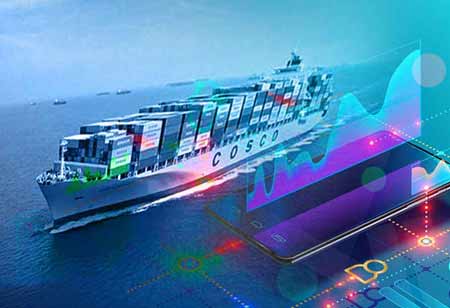THANK YOU FOR SUBSCRIBING
THANK YOU FOR SUBSCRIBING

By
Logistics Transportation Review | Wednesday, October 26, 2022
Stay ahead of the industry with exclusive feature stories on the top companies, expert insights and the latest news delivered straight to your inbox. Subscribe today.
Transportation planning helps policymakers create regional goals by analyzing travel trends and demography.
FREMONT, CA: Transportation planning begins an area's mobility growth. It combines disciplines to create the best transportation network based on present and predicted transit patterns. Planning integrates policy, investments, technology, and land use, promoting long-term growth and accessibility. It helps assess current infrastructure, predicts transport demands, and recommends changes as they can predict how changing traits would shape future policy. Future spatial planning ideas and investments can adjust to meet urban transportation needs.
Trip generation
Trip generation assesses the regional transit system's overall infrastructure. It classifies the movement frequency within each zone, destination, and intent. Individual segments can be studied further based on land use, population demographics, socioeconomic conditions, and other essential characteristics.
Trip distribution
The objective of trip distribution is to determine the number of trips between an origin zone and a destination zone. It can utilize to comprehend regional mobility better to optimize traffic planning. Examining the macroscopic links between sites is part of trip distribution calculation. The analysis includes relative activity levels at the origin and destination, transit travel costs, congestion, and enhancements to sustainability standards.
Mode selection
When evaluating mobility, mode selection considers trip generation and distribution. It identifies, based on geography, the most popular transit method for each transitory route. It is accomplished by calculating the proportion of trips made by each form of transportation within each zone. Availability, price, and social preferences for transit are frequently determining factors in mode selection.
Route selection
Route selection determines the optimal travel routes between sources and destinations within a particular region. It directs tourists to the highways leading to their destinations. The totality of predicted trips based on origin, destination, and mode are then fed into the transportation network to determine the effect of route selection on congestion dependent on the time of day. This enables transportation enhancements to be planned based on current transit networks. The primary importance is to reduce travel time and increase accessibility.
I agree We use cookies on this website to enhance your user experience. By clicking any link on this page you are giving your consent for us to set cookies. More info





